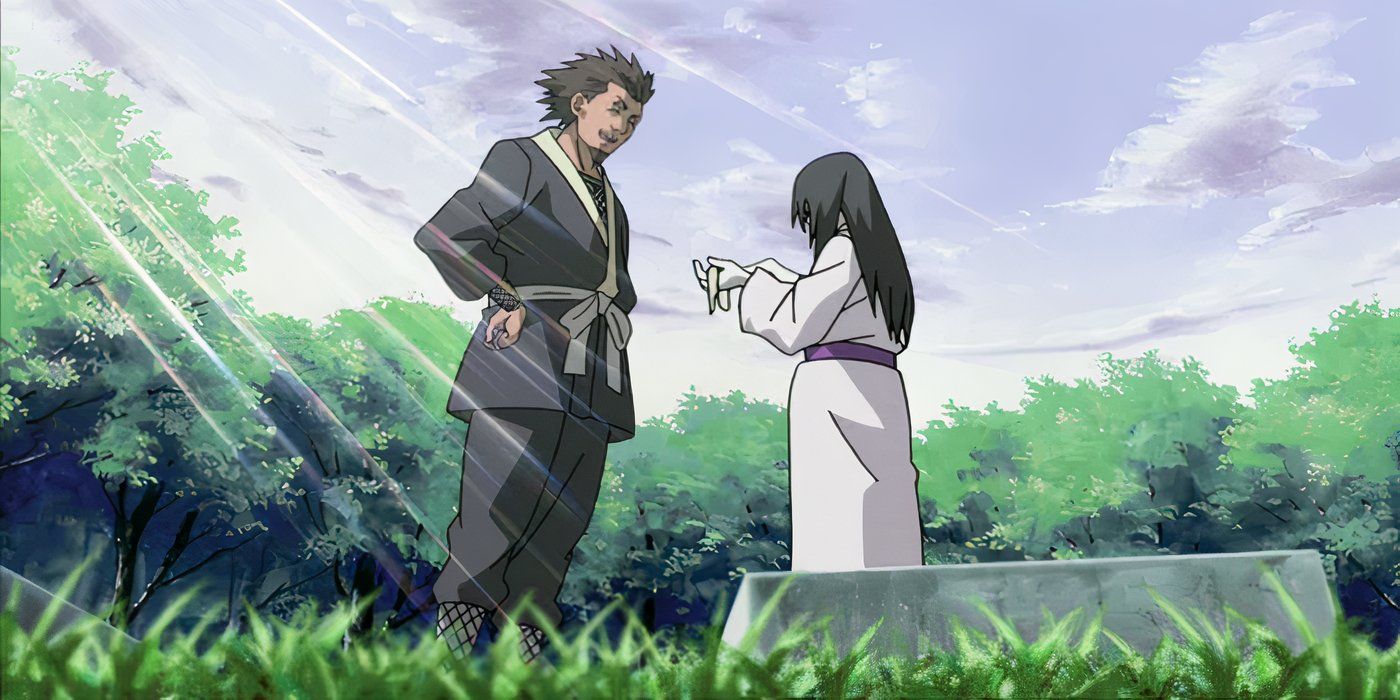Highlights
- Orochimaru’s villainy stems from a tragic past and a quest for immortality through unethical means.
- Despite his initial loyalty to Konoha, Orochimaru’s descent into evil showcases a dark obsession with power.
- Orochimaru’s twisted nature is a result of a fear of mortality, leading him to commit heinous acts for personal gain.
Orochimaru is arguably one of Naruto’s most memorable villains, with his name becoming synonymous with the series’ antagonistic landscape during the early parts of Naruto. While fans are well-acquainted with Orochimaru’s heinous crimes and apathetic acts of evil, the roots of his villainy remain a mystery for most.
Orochimaru’s role as a villain becomes all the more baffling considering his moniker of the Legendary Sannin, as he loyally served Konoha during the Second Great Ninja War. This turn of events has forced viewers to wonder what went wrong down the line that turned an exceptional ninja into a ruthless monster. However, a thorough look at Orochimaru’s past reveals subtle hints of antagonism, which eventually unfolds into complete villainy.
Orochimaru’s Somber Beginnings
|
Character Debut |
Naruto, Episode 27, “The Chunin Exam Stage 2: The Forest of Death” |
|
Air Date |
April 02, 2003 |
Orochimaru’s beginnings were far from ideal, as he was orphaned at an early age due to the cruelties of the ninja world. Losing his parents at such an age left a warped impression on him, giving way to a cruel and sadistic side to him that was initially veiled by his indifference. However, it wasn’t his parents’ death that marked the beginning of his villainous journey, rather it was the sight of a white snake shedding its skin near his parents’ graves.
While Hiruzen surmised that the sight of a snake represents rebirth and fortune, Orochimaru had an entirely different perspective. This explanation only fueled the child’s curiosity about forbidden techniques and powerful jutsu, as he strayed towards a dark path of obtaining knowledge by any means necessary. The snake represented Orochimaru’s persona throughout the series, as he became a character that would shed its skin, all to be reborn in a younger body.
The Fragility of Mankind
Orochimaru’s quest for power and immortality was initially somewhat benign, as he hadn’t committed any unethical crimes to further his research. However, the tipping point for him was witnessing the deaths of Tsunade’s brother, Nawaki, and her lover, Dan Kato. Tsunade lost the two people she held closest to her heart in an instant during the Second Great Ninja War.
People are such fragile beings.
Seeing how easy it was for shinobi to lose their lives made Orochimaru realize the fleeting nature of life, be it the death of his own parents or the untimely demise of Tsunade’s kin. These events pushed him towards attaining immortality through any means possible. This meant that he wasn’t above using humans for his experiments, or even sacrificing others to gain their powers. This was the moment Orochimaru’s twisted nature finally unveiled itself, revealing a power-hungry man desperate to cheat death.
The Birth of a Villain

It’s still debatable that Orochimaru’s drive for power and knowledge doesn’t exactly deem him truly evil. Tobirama Senju’s situation was quite similar, as he took several questionable decisions and even invented many forbidden techniques that defy nature and question morality. However, Tobirama was never viewed through the same lens, and his moral ambiguity is rarely questioned.
Under the same pretense, Orochimaru wasn’t a villain initially, even with his insatiable drive for power. However, he became one after his hunger for forbidden knowledge overpowered his sense of morality, sending him down a path of pure evil. He lost any semblance of empathy and conducted experiments on live humans, all for the sake of power. Orochimaru was willing to manipulate and kill anyone to further his own plans, marking the true beginning of his villainy.
The Hatred Towards His Own People

Orochimaru initially didn’t detest the people of his own village, and his willingness to serve as a shinobi in a war for the Leaf proves this notion. However, his hatred for the Leaf was only witnessed after he was shunned by Hiruzen and forced to defect from the Leaf. His reasons for harboring hatred for his home nation are petty to say the least, as he only hated the village after it became a thorn in his plans for accumulating power.
The Konoha Crush was a result of this very hatred, though invading the Hidden Leaf was never exactly a sound plan. Even during Orochimaru and Hiruzen’s confrontation, he stated that the plan to invade the village only stemmed out of boredom. While this does fit in with his apathy and lack of morality, undertaking such an audacious invasion surely would have originated from a deeper motive, which would likely be his hatred for the Leaf after they alienated him.
Could Orochimaru Have Walked Down a Different Path?

Orochimaru’s villainous origins are merely rooted in his fear of death and his desire to escape the fleeting nature of life. If he had found a more ethical method of achieving his goal, it’s likely that he would have tread a path more akin to a morally gray character, instead of just being outright antagonistic. Tobirama Senju is a perfect example of how a character can stand on the darker side of things, yet still maintain a status of moral goodness.
Some tears welled up when I yawned, that’s all…
When Orochimaru was about to kill Hiruzen, he shed tears that forced the latter to question his intentions. It was likely that Orochimaru was sorrowful that he had to kill his own sensei, showcasing some semblance of empathy and emotions inside him. He was still human, one consumed by the fear of death and a hunger for immortality, a sentiment that forced him down a path of antagonism.
Naruto is available to stream on Prime Video.











Leave a Reply